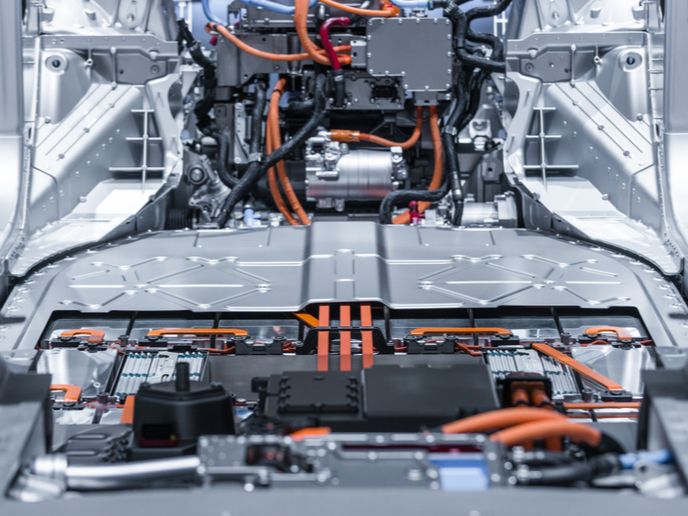Safety first: Comprehensive solution provides fire protection in electric vehicles
With the rise of pure and HEV technology use in transport, the lithium-ion (Li-ion) battery has proved to be a promising power source. However, there’s limited knowledge about the fire risks and other dangers associated with vehicles deploying these new energy carriers. Fires in Li-ion batteries can progress rapidly and become difficult to extinguish, making it crucial to control and eliminate such threats in advance. The EU-funded Li-IonFire project has addressed exactly this challenge and developed a highly innovative fire protection system for electric vehicles (EVs) and HEVs that is activated before a battery fire occurs. As noted in a press release by Li-IonFire project coordinator Dafo Brand AB, the new solution can offer real protection against Li-ion battery fires. Quoted in the press release, Anders Gulliksson from Dafo Vehicle Fire Protection comments: “When the commonly used Li-ion batteries fail through short circuiting, overcharging, high temperatures, mechanical damage and overheating, this might cause thermal runaway and the release of a flammable electrolyte, which makes fire extinguishing very difficult.” He adds that there are also “a lot of potentially toxic gases being emitted.” These include hydrogen fluoride, which can cause serious damage to both the skin and the respiratory tract. As a solution to such risks, project partners have examined various techniques “to detect potential battery failure, as early as possible, and take immediate action to stop, or delay, a potentially hazardous situation.” In addition, they have also explored “to what extent fixed and integrated fire suppression systems, which are widely used to protect engine compartments on heavy vehicles, can be applied to vehicles powered by Li-ion batteries, and how they should be designed.”
Early activation
The tests helped the team determine the sources of breakdown within the battery. Gulliksson adds: “If a system is activated at this early stage, the battery can be ‘brought back’ to a safe state, without the fire developing further. The tests have also shown that even with a late deployment of the fire suppression system, there’s a possibility of delaying the battery reaching a critical state, meaning that the chance of safe evacuation is very high.” The Li-IonFire (An Automated HEV and EV Vehicle Fire Early Warning and Suppression System) project ran until December 2015. Its new technology will be available on 1 September 2020. The system was initially aimed at electrified buses in public transport, but it will also be available for other heavy EVs. The first phase of the Li-IonFire project focused on market analysis and partner search, as well as optimisation of the technology used in internal combustion engines to suit HEV and EV standards. Phase 2 involved technology validation and testing. For more information, please see: Li-IonFire project
Keywords
Li-IonFire, electric vehicle, hybrid electric vehicle, lithium-ion, fire protection



